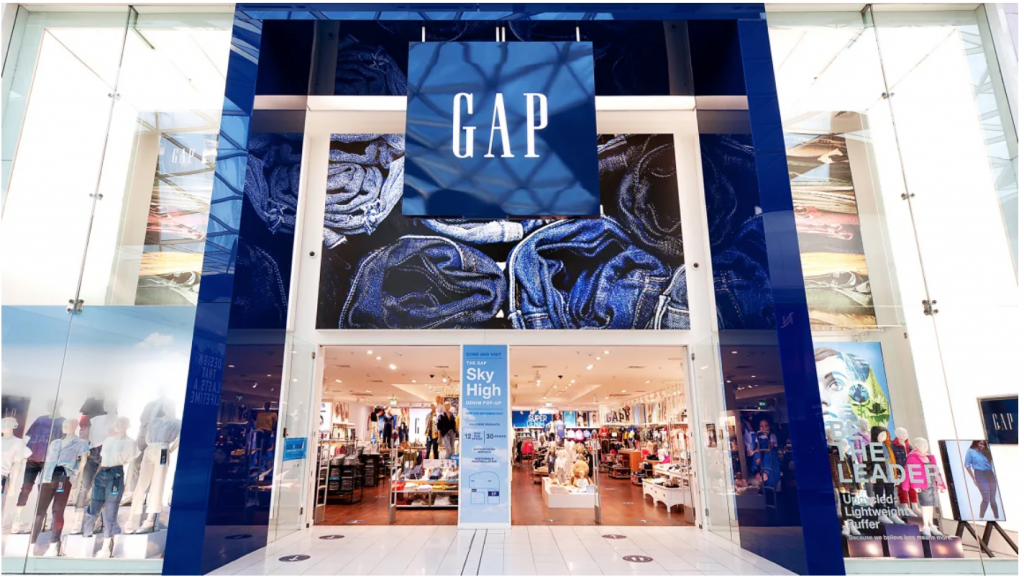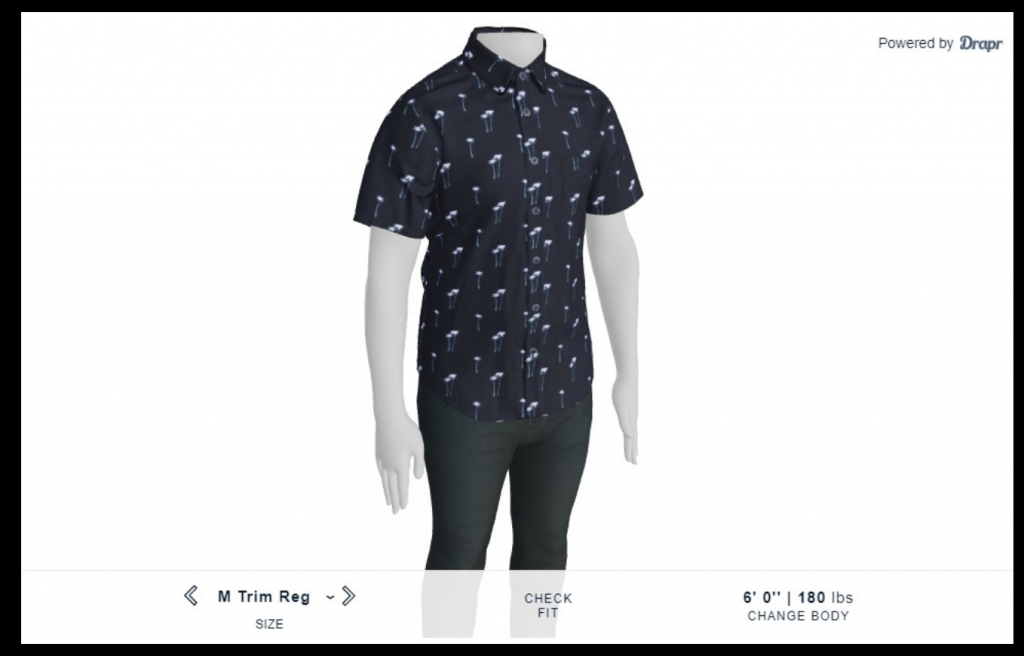
Gap Inc. bought Avatar Tech as a strategic growth vehicle for its brand.
Touchy-Feely Tech Brings Consumers Together from a Distance
The spread of haptic technology is really a feel-good story. No pun intended. Much like a hug is a feel-good moment. After having a large part of the world separated from work, from airports, and from many other person-to-person events, technology is being asked to do its best to replace those feel-good moments with digital substitutes.
Haptic technology is what gamers use to get the sensation of touch that is in the video game they are immersed in. It takes a player who is in virtual reality onto a level that feels much more real when gaming than just holding a game controller. To actually pick up the sword or to feel the kick from the firearm you are using in the game is part of haptic magic. And the industry has been really refining its abilities so that it is not just for video games anymore.
Electronic, long-distance haptic hugs are also available to you and your loved ones according to some television ads we have seen and articles on various newsfeeds. An industry website called wearabletechnologyinsights.com brought up this “hug vest” for National Hug Day back in January of 2021.
Lotte Willems, Business Development Manager at TNO at Holst Centre introduced the latest cuddle vest recently.
“Our connected cuddle vest with integrated haptic technology gives people the opportunity to experience a friends’ touch, even in times of social distancing. Fourteen haptic motors positioned around the upper body and arms create vibrotactile patterns that feel like a caress or even a firm hug. The vest is controlled at a safe distance by a phone or tablet, creating a new form of intimacy.”
The cuddle-vest is designed to showcase the possibilities of haptic feedback over a distance. For further information see the IDTechEx report on Haptics 2021-2031: Technologies, Market & Players.
There are several versions of haptic hug products that range in price and ability. Some move air around the vest you have on from a signal sent by the hugger. Some have vibrating areas and some have buzzers. Some have all three. And the hugs are sent via the internet.
Lotte went on to say:
“This technology can also be applied in many other fields, such as supporting physical therapy, enhancing the gaming experience, helping people with autism to deal with an overload of stimuli; the possibilities are endless.”
3D Dressing Room Tech at the Gap
Another way that programmers came up with to help brick and mortar clothing stores keep up with keeping people safe from Covid-19 and keeping customers satisfied is a tool called Drapr. Its technology presents a customer with an avatar they can control virtually. It’s so good, Gap, Inc. acquired the start-up as part of their vision for growth.
Gap’s acquisition of Drapr is notable for another reason beyond the cool tech aspects of a virtual fitting room. Drapr is the first acquisition the company has announced through its Strategic Growth Office. The SGO aims to seek out modestly priced investments in startups that could help transform Gap and its associated brands, which include Old Navy and Banana Republic.
Gap Inc. clothing company found out that customers were somewhat disappointed buying some clothes online. It was hard for them to see what it might look like on their bodies. The fact that people were not able to try on the outfits was affecting sales.
Techcrunch.com published an article about a company called Drapr, as part of its Y Combinator Class of 2020. Then fastcompany.com highlighted how quickly the avatar start-up got snapped up. Gap, Inc. was one of the first companies to see the potential in Drapr and how it might use that tech to help solve retail sales problems.

Drapr Gives you a 3D look at your clothing choice before buying.
Customers can submit their measurements to Drapr’s algorithm and get a 3D mannequin on screen. Then they can dress the model to view what each piece of clothing would look like with just the click of a button.
These are just a couple of the powerful examples of AI creating a verticle marketplace in ways that were not possible 5, 10, or even 2 years ago. They will probably become obsolete and replaced with far better ideas, in far less time than it took to bring them to market the first time. Nothing really replaces face-to-face hugs or stepping into a dressing room to try on clothing, but companies are getting closer through the magic of AI.
read more at techcrunch.com







Leave A Comment